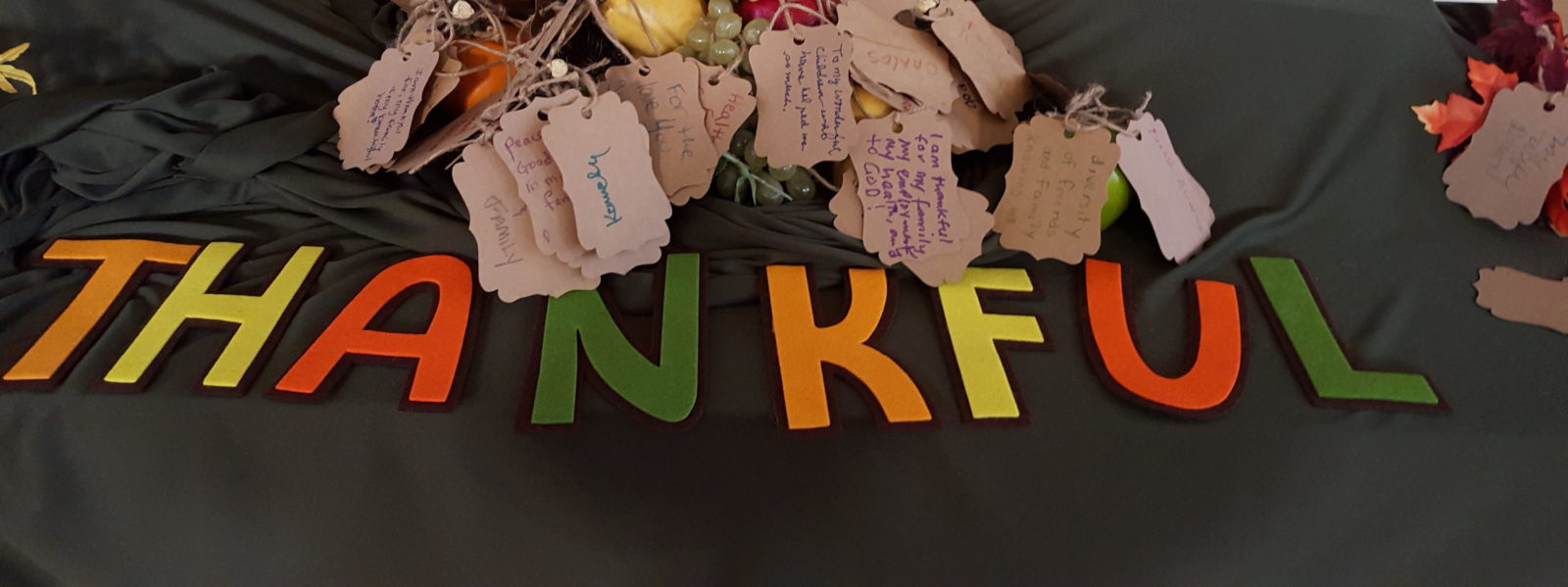Second Presbyterian’s Detailed History
continuation of Second Presbyterian’s history…
Rev. Charles K Imbrie, wrote in the records of First Church of Nov. 19, 1849: The Session of the Church, having frequently convened together on the expediency of taking steps for the formation of a Church in Lower Rahway, and there being some desire manifested at the present among people to effect this object, it was agreed among the members of the Session to forward the work as far as possible. …The Session would here record their gratitude to God that the whole affair has been throughout conducted with the utmost harmony and fraternal feeling. Our brethren leave us with the fervent wishes and prayers of the whole church for their success and happiness. We feel deeply their loss; but we bid them God-speed in the new enterprise to which the Lord has called them.
Thus began First Presbyterian Church’s outreach into the community upon which Second Church quickly built by becoming a sponsor of the East Rahway Sunday School Association which resulted, in the 1871 building of the Grand Street Chapel. Through Second Church losing its east wall to the Morgan Ammunition Depot explosion in 1918, losing its west wall to the Hurricane of 1950, and almost losing the entire church complex to a fire in 1961, the ministry at Grand Street Chapel continued until the Chapel was sold in 1968 to the congregation that became Holy Mountain Church of God. Perhaps as damaging to the church as explosion, storm, and fire was the Rahway Redevelopment Agency. Its 1960 plan to raze 112 businesses and home in the immediate vicinity of Second Church changed immediately the fabric of the Church’s surrounding community. Undaunted, the Church continued its outreach, developing ties with community agencies and increasing relations with the Black community through programs, seminars, and pulpit exchange.
Wrote Rev. Streeter (1966-1972): On the evening Martin Luther King, Jr. was murdered we had a meeting for the community in our Fellowship Hall. It was about open housing and the problems blacks face in the area of housing. There was a panel. In attendance were the mayor, the superintendent of schools, most of the city council and the school board. The announcement of MLK’s assassination came during the meeting. We stopped the meeting for a few moments for prayer, we prayed for peace and understanding. I believe that the violence and unrest following that incident was kept down a great deal because Christians and others, black and white, were together talking about common problems. It is a positive aspect of Second Pres’s community ministry.
During the 1970 racial unrest in Rahway High School, Second Church opened its doors to students wishing to find solutions. During the racial unrest in Rahway Prison, Second Church’s minister walked through its doors to negotiate a settlement (only to be lambasted in the local press). As the Vietnam war progressed, Second Church opened its doors to people protesting the war—another unpopular position to take. Second became more comfortable with taking controversial stances both within and without its congregation. Among these were its decisions to: tithe ten percent of any bequest to mission projects; go on record as being opposed to Amendment B—a position that was reversed by the GA almost a quarter of a century later; and to open its sanctuary for a worship service led by ministers fighting environmental racism in the form of solid-waste incinerators placed in minority neighborhoods. Some of its choices were easier to stomach such as their decision to begin cooperative lunch program called Food for Friends which grew to involve as many as 11 congregations, feed 100 people each Saturday, and distribute ### bags of groceries each month. ReDirect, a ministry targeting at-risk youth would also fall into this category; daring, necessary projects that threatened to burn out their leaders.
Second took seriously its Call to Risk and Trust as described in G-03.0400 of the Book of Order: “The Church is called to undertake this mission2. even at the risk of losing its life, trusting in God alone as the author and giver of life…”
Now, facing shrinking membership and pledges due to changes in local demographics and national attitudes it finds itself having to trust God—and its parent Church—as Second and First Church discern a way of coming back together merging into one congregation within the walls of First. While the year-long process has been a difficult one, it is with renewal, hope, and excitement that both congregations look forward to the possibilities of the merger of which these bylaws are the beginning.
1. From the George O. Edgar history of Second Presbyterian Church of 1849-1887 2 (as described in G-03.0300: The Church’s Calling.)

